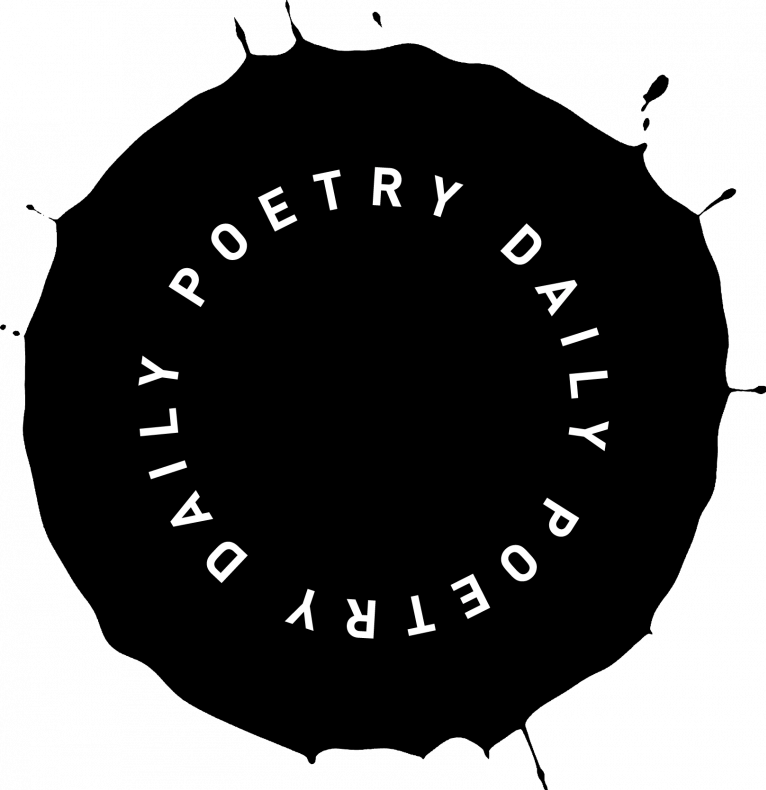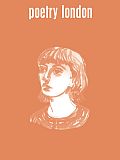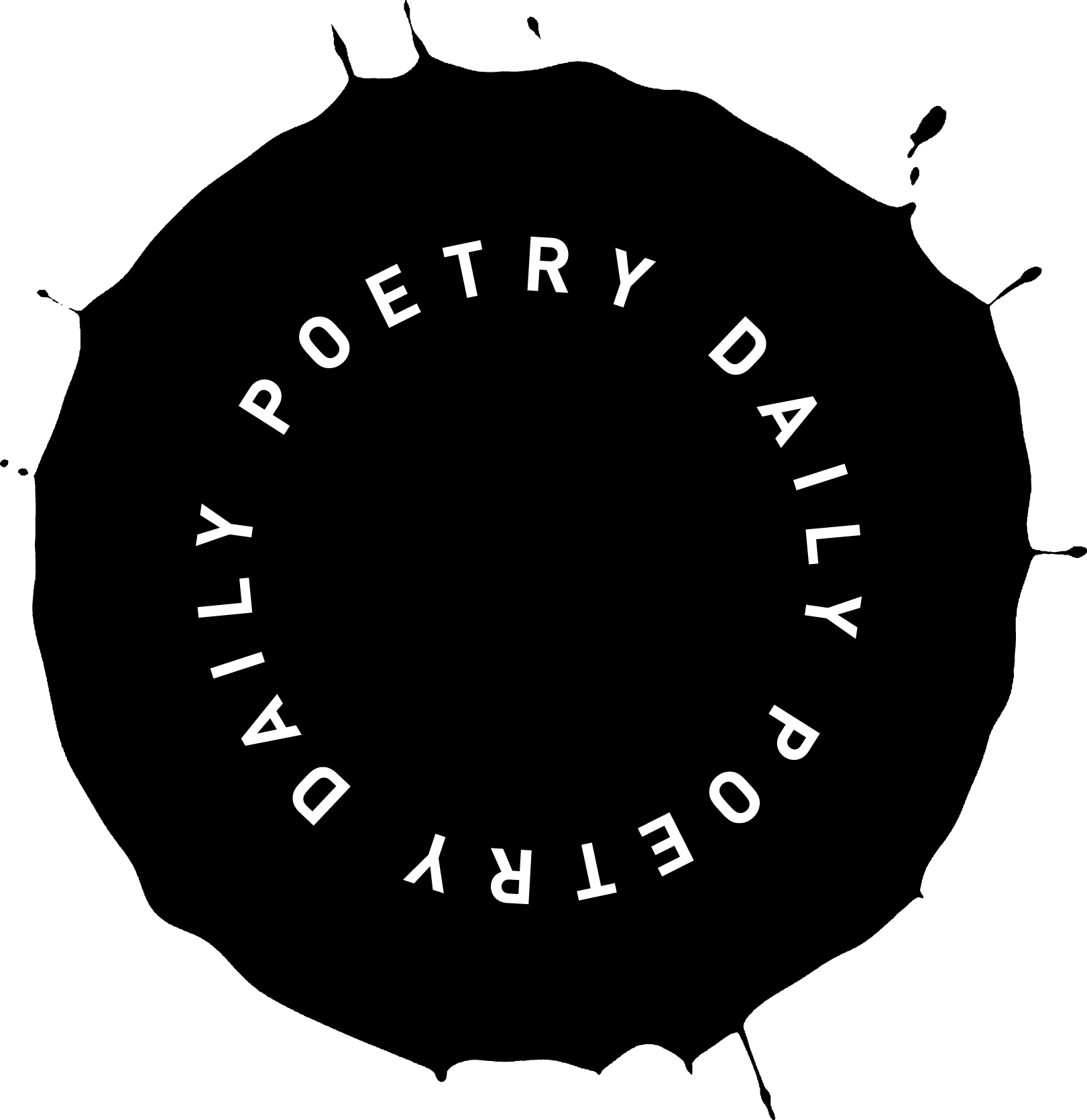i walked to the park after the blizzard.
the air had the muffled quality that follows snowfall.
no distinction could be made between the white slopes of the park and the
bright grey sky.
the ducks in the pond tipped back and forth.
their feet were orange orange. the water below the ice was very dark navy.
the swans slapped along the shelf of ice that covered about half of the water.
snow in the foreground of your vision takes on a bluish hue;
in the middle ground it takes on a hint of purple.
to paint the white of snow is essentially to capture the light that falls on it.
——
the closest i believe anyone has come to painting the colour white is Paul Delaroche in The Execution of Lady Jane Grey in which her dress is of such brilliance that the paint seems somehow alive.
the dress appears to be very white, though it is in fact, nearer to a yellow-white or cream.
the painting, viewed in the flesh, is astonishingly large and imposing—in the middle Jane is aloft; a bright, slipping moon.
the most powerful single point in this painting is the space between Jane’s left forearm, which hovers above the block, and the palm of the man, Sir John Brydges, Lieutenant of the Tower, who guides her to it.
his thumb and fingertips touch her skin, but there is no contact with the palm. that small space, that rounded slice of shadow, is a pure and perfect manifestation of care and tenderness and of men who stand by and do not help.
the true most powerful point in the painting is the space between the mouth of the grieving lady in waiting, who we know only by her back, and the surface of the column she presumably wails at.
wailing may be presumed because her arms are raised above her head and her legs seem to buckle. this point of space is a private one and therefore to be imagined and not described.




